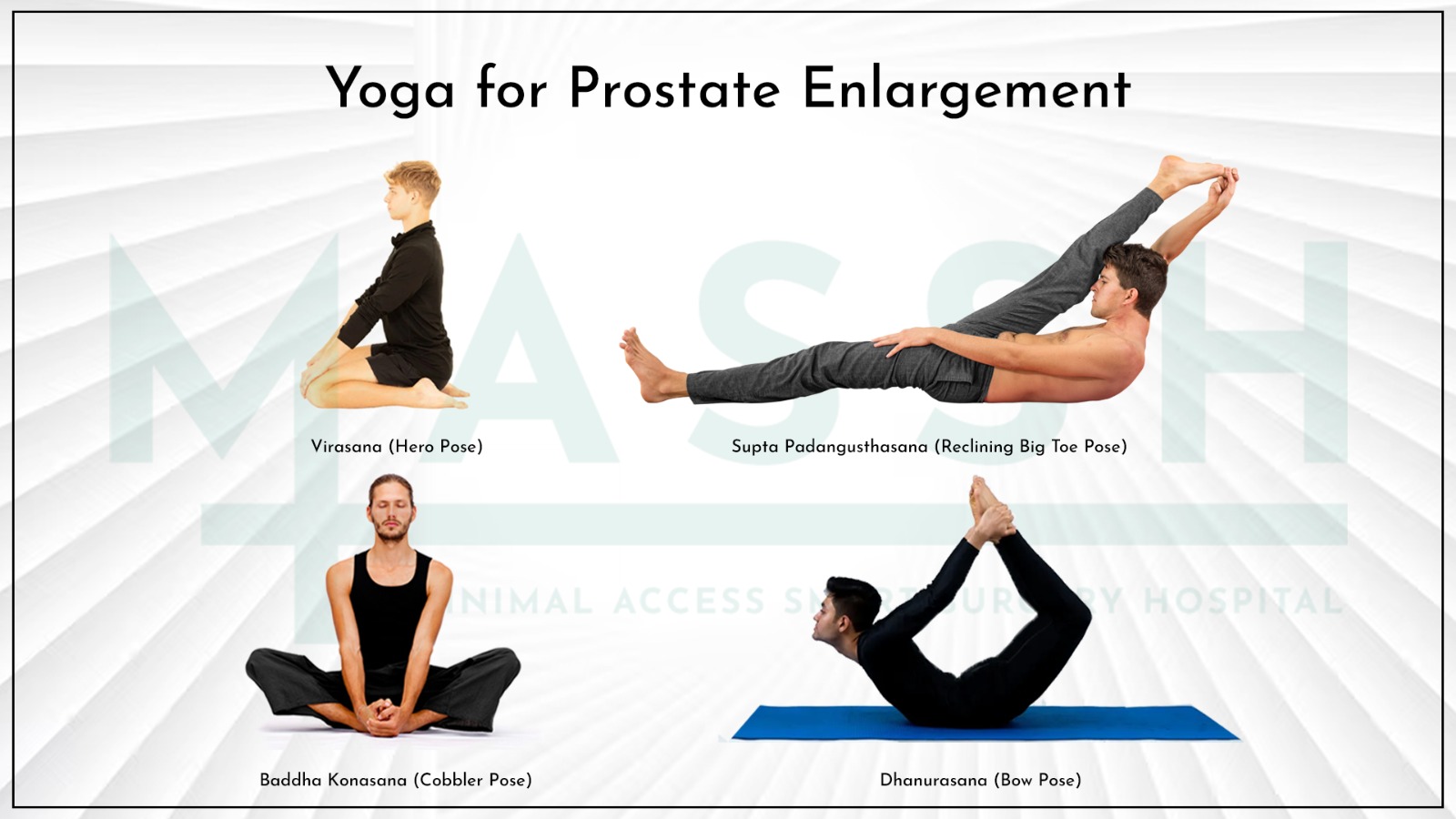What Is The 5 Second Exercise To Shrink The Prostate

The discomfort, the frequent bathroom trips, the interrupted sleep – for millions of men, the symptoms of an enlarged prostate, or benign prostatic hyperplasia (BPH), are an unwelcome reality. The search for relief often leads to invasive procedures or lifelong medication. But what if there was a simple, discreet exercise that could offer significant improvement in just seconds?
This article investigates the claims surrounding a "5-second exercise" purported to shrink the prostate and alleviate BPH symptoms. We delve into the science, examine the evidence, and consult with medical experts to determine the legitimacy and potential benefits of this controversial approach. The aim is to provide readers with a balanced and factual understanding of this purported solution, separating hype from genuine therapeutic possibilities.
Understanding Benign Prostatic Hyperplasia (BPH)
BPH is a non-cancerous enlargement of the prostate gland, a walnut-sized organ located below the bladder in men. As the prostate grows, it can press on the urethra, the tube that carries urine from the bladder, causing urinary problems.
These problems often include frequent urination, especially at night (nocturia), difficulty starting urination, a weak urine stream, and the feeling of incomplete bladder emptying. The severity of these symptoms varies greatly from person to person, significantly impacting quality of life for many.
The Pelvic Floor Connection
The "5-second exercise" often refers to a variation of pelvic floor exercises, also known as Kegel exercises. These exercises involve contracting and relaxing the muscles of the pelvic floor, the group of muscles that support the bladder, bowel, and prostate.
Proponents of this approach suggest that strengthening the pelvic floor muscles can improve bladder control and potentially reduce the pressure exerted by the enlarged prostate on the urethra. The logic is that stronger pelvic floor muscles can better support the prostate, leading to improved urinary function.
Examining the Evidence: What Does the Science Say?
While pelvic floor exercises are widely recognized as effective for treating urinary incontinence, the scientific evidence supporting their direct impact on prostate size is limited. Studies primarily focus on symptom management rather than actual prostate shrinkage.
A review published in the Journal of Urology indicated that pelvic floor exercises can improve urinary symptoms associated with BPH. However, the review emphasized the need for more robust, large-scale clinical trials to definitively determine the extent of their effectiveness.
Another study, published in Prostate Cancer and Prostatic Diseases, found that pelvic floor exercises combined with lifestyle modifications led to a significant reduction in BPH symptoms compared to lifestyle modifications alone. This suggests that pelvic floor exercises may be a beneficial adjunct therapy, but not necessarily a standalone solution for shrinking the prostate.
Expert Opinions and Perspectives
Dr. Emily Carter, a board-certified urologist at the Mayo Clinic, explains, "Pelvic floor exercises can be helpful for managing urinary symptoms associated with BPH. They improve bladder control and strengthen the muscles involved in urination. However, it's crucial to understand that these exercises don't actually shrink the prostate gland itself."
Dr. David Miller, a specialist in men's health, cautions against relying solely on pelvic floor exercises to treat BPH. "While these exercises can be a useful component of a comprehensive treatment plan, they are not a substitute for medical evaluation and evidence-based therapies. Patients should consult with their doctor to determine the most appropriate treatment approach based on their individual needs and the severity of their symptoms."
The "5-Second Exercise": Hype vs. Reality
The claim of a "5-second exercise" shrinking the prostate is likely an oversimplification and a misrepresentation of the potential benefits of pelvic floor exercises. While quick contractions can be part of a pelvic floor exercise routine, consistent and proper execution is essential for achieving any noticeable improvement.
Simply performing a few quick contractions is unlikely to produce significant results. Effective pelvic floor exercises require focused attention, proper technique, and regular practice over an extended period.
How to Perform Pelvic Floor Exercises Correctly
To perform pelvic floor exercises correctly, start by identifying the muscles you use to stop urination mid-stream. Once you've located these muscles, contract them for a few seconds, then relax for the same amount of time.
Repeat this process 10-15 times, multiple times per day. It's important to focus on isolating the pelvic floor muscles and avoiding engaging the abdominal, buttock, or thigh muscles. Start with shorter hold times (e.g., 2 seconds) and gradually increase the duration as you get stronger.
Alternative and Complementary Therapies for BPH
Besides pelvic floor exercises, various alternative and complementary therapies are often explored by men seeking relief from BPH symptoms. These include saw palmetto, beta-sitosterol, and rye pollen extract.
However, the effectiveness of these therapies is often debated, and scientific evidence is often inconclusive. It's crucial to discuss any alternative treatments with your doctor before starting them, as they may interact with other medications or have potential side effects.
Conclusion: A Balanced Approach to Managing BPH
While the notion of a "5-second exercise" shrinking the prostate is likely an exaggeration, pelvic floor exercises can be a valuable tool for managing urinary symptoms associated with BPH. These exercises, when performed correctly and consistently, can improve bladder control and potentially reduce the impact of BPH on quality of life.
However, it's crucial to maintain realistic expectations and understand that pelvic floor exercises are not a cure for BPH. A comprehensive approach involving medical evaluation, lifestyle modifications, and evidence-based therapies remains the gold standard for managing this condition.
Individuals experiencing BPH symptoms should consult with a healthcare professional to determine the most appropriate and personalized treatment plan. Don't fall for quick fixes; prioritize informed decisions and evidence-backed approaches to ensure optimal prostate health and overall well-being.


















